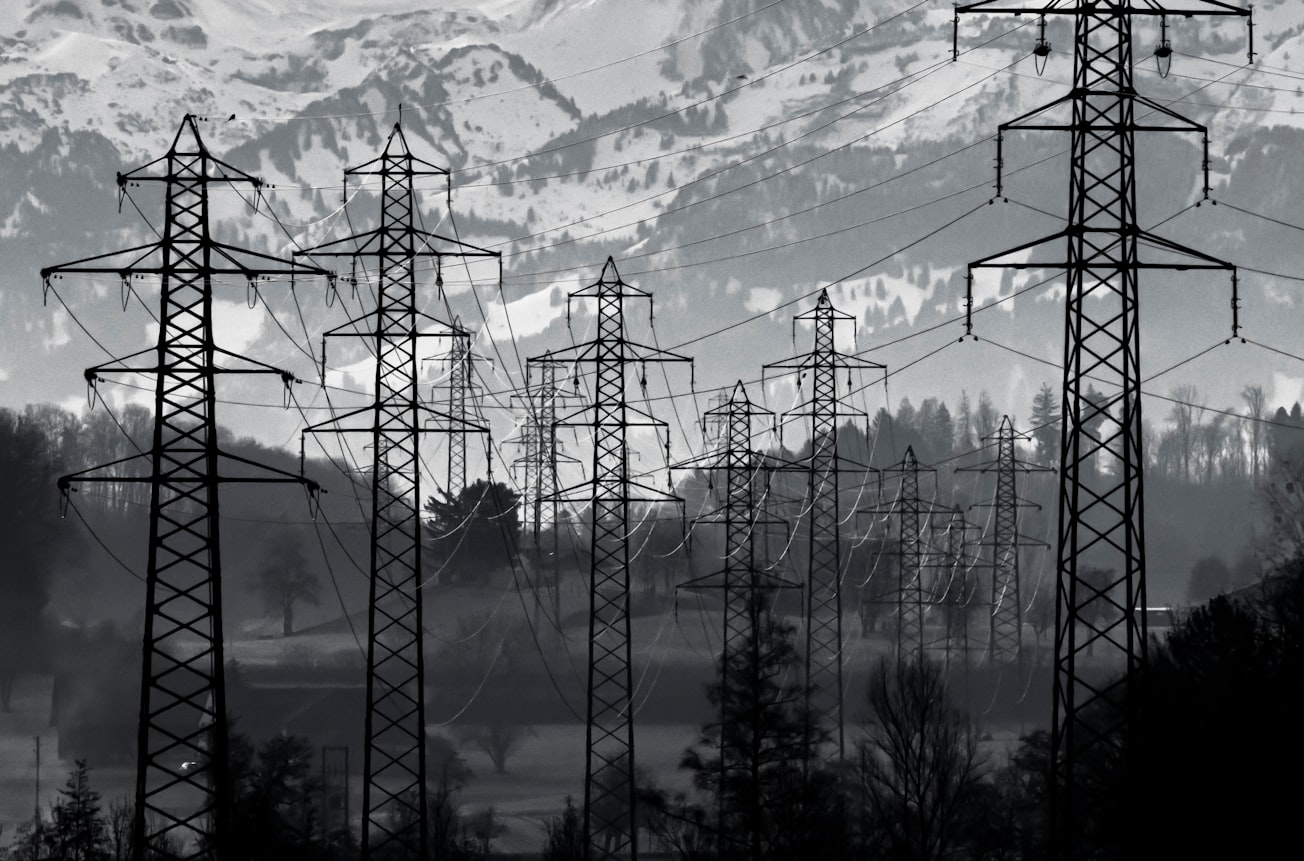What is it about?
This research aims to make the use of renewable energy sources in distribution networks more efficient by cleverly planning where to place distributed generations (DGs, or smaller, localized energy sources like wind turbines or solar panels) and energy storage units, and how large they should be. We created a two-level model: the first level determines the best places and sizes for DGs and storage units, while the second level optimizes how the energy storage devices operate. To find the best solutions, we use an improved binary particle swarm optimization algorithm, which essentially navigates through possible solutions to find the best one by going back and forth between the two planning levels. Our tests on a 69-bus distribution system showed that our method successfully minimizes planning errors that can happen due to unpredictable DG outputs, and significantly enhances the voltage stability and cost-effectiveness of distribution systems.
Featured Image

Photo by Jan Huber on Unsplash
Why is it important?
The integration and effective planning of DGs and energy storage are pivotal in harnessing maximum potential from renewable energy resources in active distribution networks. Our model, which pinpoints optimal locations and sizes for DGs and energy storage, not only facilitates the incorporation of more renewable energy into the grid but also ensures that its distribution is stable and economically viable. By addressing the challenges posed by the unpredictability of DG outputs and optimizing energy storage operation, this approach notably improves the reliability and efficiency of the power distribution system. Consequently, it offers a robust method for enhancing the sustainability and operational economy of power distribution networks, contributing towards more stabilized and eco-friendly energy infrastructures.
Perspectives
Embarking on this journey to unravel the intricacies of effective joint planning in active distribution networks underscored the significance of meticulous planning in leveraging renewable energy resources. The challenge lay not just in enhancing the penetration of renewables but also in ensuring the stability and economic viability of the network amidst the uncertainties of DG outputs. Developing and witnessing the efficacy of the bi-level model in minimizing planning deviation and elevating the voltage profile and operational economy was indeed a rewarding experience. The intricacies navigated and knowledge uncovered throughout this research journey spotlight the promising future of renewable energy utilization in active distribution networks, propelling the energy sector towards a more sustainable and efficient future.
Professor/Clarivate Highly Cited Researcher/Associate Editor of IEEE TSG/TII/TSTE Yang Li
Northeast Electric Power University
Read the Original
This page is a summary of: Joint planning of distributed generations and energy storage in active distribution networks: A Bi-Level programming approach, Energy, April 2022, Elsevier,
DOI: 10.1016/j.energy.2022.123226.
You can read the full text:
Contributors
The following have contributed to this page







